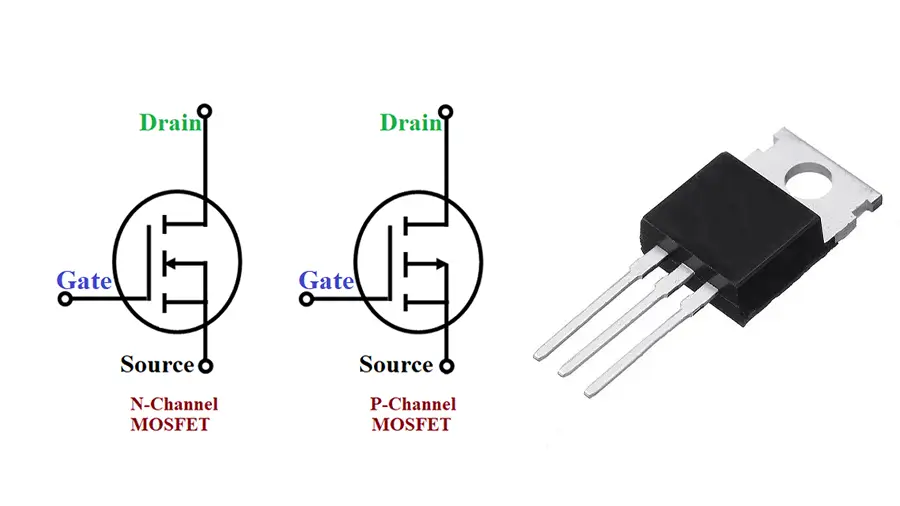Today, I was going through some old electronics, and I stumbled upon this little component called a MOSFET. It got me thinking, what the heck does MOSFET even stand for? I mean, I’ve heard the term thrown around a bunch, but I never really stopped to think about what it actually meant.

So, I fired up my computer and started digging around. Turns out, it’s a pretty straightforward name once you break it down. MOSFET stands for “metal-oxide-semiconductor field-effect transistor”.
Now, that sounds like a mouthful, but let’s see what I found out.
- Metal: Okay, this part is pretty obvious. There’s gotta be some metal involved, right? In this case, it used to be the material for the gate electrode, but nowadays, it’s usually polysilicon, a material with a lot of silicon, although they still use the term ‘metal’ in MOSFET.
- Oxide: This refers to an insulating layer, which is super important. It’s usually silicon dioxide, which is basically glass! This layer separates the gate from the rest of the transistor.
- Semiconductor: This is the main body of the transistor, and it’s typically made of silicon. Semiconductors are cool because they can act as both an insulator and a conductor, depending on the voltage applied to them.
- Field-Effect: This part describes how the transistor works. Basically, an electric field is created by the voltage on the gate, and this field controls the flow of current between the source and the drain, just like a tap.
- Transistor: This is the general term for a device that can amplify or switch electronic signals. In the case of a MOSFET, it’s used for switching primarily.
So, when I put it all together, a MOSFET is basically a type of transistor that uses an electric field to control the flow of current through a semiconductor, with an oxide layer insulating the gate. The general layout is that they have a source, a drain, and a gate. The source and drain are the two ends of the semiconductor channel, and the gate is a terminal that controls the electric field in the channel.
It is like a tiny switch that I can turn on and off with an electric field. Pretty neat, huh? I’m glad I finally took the time to figure out what that acronym meant. It’s one of those things that seems way more complicated than it really is.

